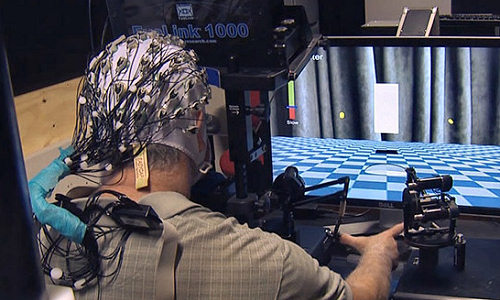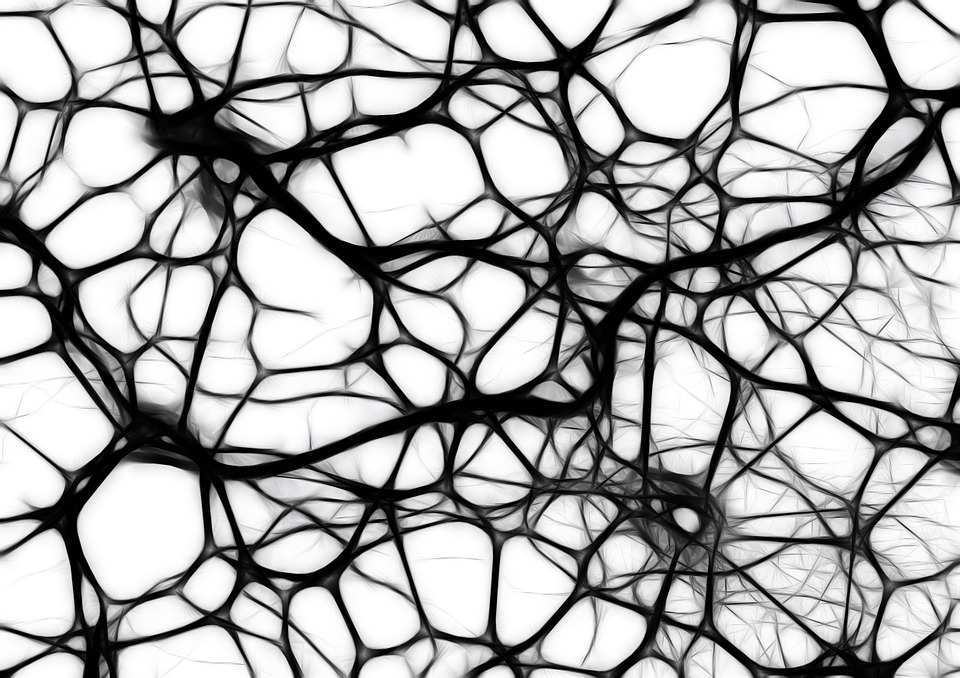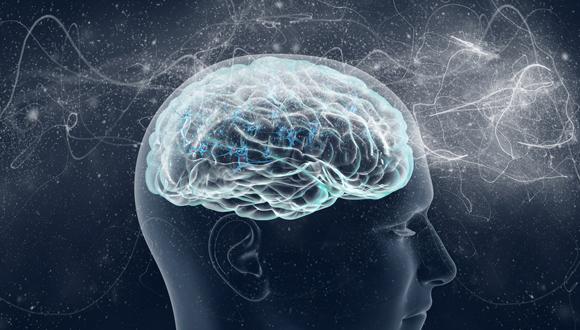University of California, San Diego research team led by bioengineer Gert Cauwenberghs is working to understand how the brain circuitry controls how we move. The goal is to develop new technologies to help patients with Parkinson’s disease and other debilitating medical conditions navigate the world on their own. Their research is funded by the National Science Foundation’s Emerging Frontiers of Research and Innovation program.
Jim Bell is a Parkinson’s patient who is working with researchers to better understand the brain dynamics of motor control in Parkinson’s disease. Credit: National Science Foundation
“Parkinson’s disease is not just about one location in the brain that’s impaired. It’s the whole body. We look at the problems in a very holistic way, combine science and clinical aspects with engineering approaches for technology,” explains Cauwenberghs, a professor at the Jacobs School of Engineering and co-director of the Institute for Neural Computation at UC San Diego. “We’re using advanced technology, but in a means that is more proactive in helping the brain to get around some of its problems–in this case, Parkinson’s disease–by working with the brain’s natural plasticity, in wiring connections between neurons in different ways.”
Outcomes of this research are contributing to the system-level understanding of human-machine interactions, and motor learning and control in real world environments for humans, and are leading to the development of a new generation of wireless brain and body activity sensors and adaptive prosthetics devices. Besides advancing our knowledge of human-machine interactions and stimulating the engineering of new brain/body sensors and actuators, the work is directly influencing diverse areas in which humans are coupled with machines. These include brain-machine interfaces and telemanipulation.
The research in this episode was supported by NSF award #1137279, EFRI-M3C: Distributed Brain Dynamics in Human Motor Control. Besides Cauwenberghs, the following researchers are contributing to this research: Howard Poizner, Kenneth Kreutz-Delgado, Tzyy-Ping Jung, Scott Makeig, Terrence Sejnowski, Akinori Ueno, Mike Arnold, Frederic Broccard, Yu Mike Chi, John Iversen, Christoph Maier, Emre Neftci, David Peterson, Abraham Akinin, Srinjoy Das, Ariana Dokhanchy, Nikhil Govil, Sheng-Hsiou Hsu, Tim Mullen, Alejandro Ojeda, Bruno Pedroni, and Cory Stevenson.
In addition, Jim Campbell dedicated time and effort as subject in helping the researchers better understand the brain dynamics of motor control in Parkinson’s disease and non-invasive avenues for its remediation.
The wireless dry-contact 64-electrode electroencephalogram (EEG) headset was contributed by Cognionics. Other highlighted resources include: Source Information Flow Toolbox and BCILAB for real-time predictive modeling and visualization of brain activity from the EEG data; and the NSF Temporal Dynamics of Learning Center Motion Capture Laboratory for brain-machine-body activity mapping in immersive virtual-reality.
Story Source:
The above story is based on materials provided by University of California, San Diego, Catherine Hockmuth.





